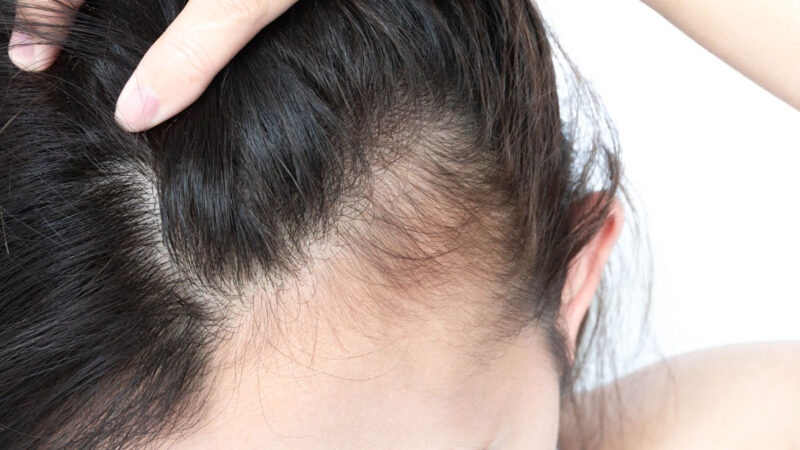Varicose vein treatment recovery
What To Expect After Your Procedure
The prospect of having your varicose veins treated may seem daunting, but the good news is that the feedback we get from almost all of our patients when using Radiofrequency Ablation (RFA), is that they can’t believe it was over so fast!
But what happens next? Here are a few tips on what to expect after your procedure.
At The Clinic
Once the treatment is complete, we will ask you to stay in our waiting room for around half an hour before you go home. You will have a small cut from the procedure just above or below the knee, which we will dress with a small plaster and bandage over the top. This small cut can sometimes bleed after the procedure, particularly if you’re taking blood thinning medication, so we will come and check the bandage for you.
Before you leave, we will ask you to put a compression stocking on over the top of your bandage. Compression stockings are long socks with graduated compression, which means they are tightest around the ankle, getting less tight towards the knee or thigh. The reason we ask patients to wear these after the procedure is to help to keep the treated vein closed by pressing it tightly. It also helps to push blood out of the superficial veins at the surface of the skin and into the deep venous system.
The First 48 Hours
Most patients report a ‘tight’ feeling in their leg immediately post procedure as a result of the anaesthetic under the skin and this is completely normal. As the anaesthetic wears off, you should expect some bruising and tenderness along the length of the treated vein, but this will improve with time and over the counter painkillers will help.
For the first 48 hours, we would like you to keep your compression stocking on, with the bandage underneath. Once this time is up, you can take everything off (including the bandage) and have a shower. There will be a small wound from the access site, that will probably look like a scab and there may be some bruising around this area. It is okay to get this wet in the shower. Please pat it dry and then we would like you to put the compression stocking back on.
The Next 2 Weeks
From this point on, you should wear your stocking for 2 weeks. Make sure they are pulled up to the full length, to prevent them from digging into your skin. If you are sitting with your legs up or sleeping, it’s fine to take the stocking off.
There are other symptoms to look out for post procedure, but it’s important to bear in mind that these complications are rare.
- Some patients (around 1 in 10) will experience inflammation of the treated vein. This can appear as hard red bumps on the skin which can be quite sore. This is called phlebitis, but taking anti-inflammatory medication such as ibuprofen will help with these symptoms. By wearing your compression stockings as advised, the risk of phlebitis reduces.
- A deep vein thrombosis is a blood clot in the deep venous system which can make the leg very swollen and can happen after any surgery to the legs. The risk is reduced by keeping active, which is why we are keen for you to get back to your usual activities as soon as possible. As we walk, the calf muscle helps to pump blood from the leg back to the heart, which in turn reduces the risk of clotting. If you are worried you have a DVT, it’s important to get it seen to as soon as possible.
- Very occasionally, some patients experience some tingling or numbness in their treated leg due to minor nerve damage, however this should reduce in time without intervention.
- As with any wound there is a risk of infection, but as the cut from the access site will be very small, this risk is very low. Keep an eye out for any redness, increased pain or warmth from the cut and see your GP if you have any concerns.
Follow up
The UK Vein Clinic team will see you again 6 weeks after your procedure to see how you are getting on. Most patients see an improvement in the visibility and symptoms of their varicose veins very quickly, but occasionally there can be some smaller, visible residual veins. At your follow up appointment we will be able to treat these with ultrasound guided foam sclerotherapy in a quick, one off treatment injection that can be done in the clinic room. There is no need for anaesthetic, and another small bandage will be applied to keep the veins shut.
By following this simple guide after your procedure, we hope to get you back to doing the things you love as quickly as possible.
If you have any questions about the procedure, the assessment, or what to expect after treatment, please get in touch. Our team will be very happy to help!
Find us at: www.ukveinclinic.com





